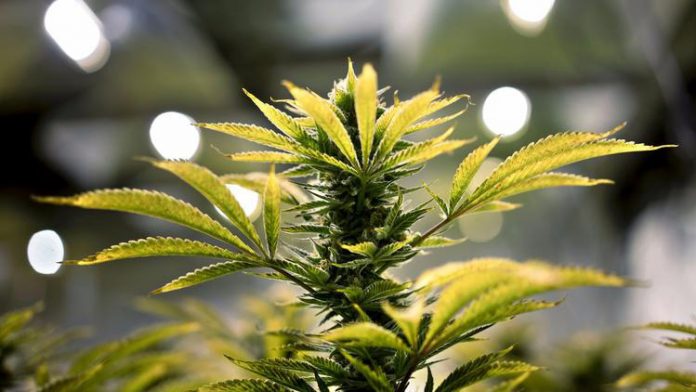India’s leading ayurveda-based products maker now wants to ace cannabis research.
Patanjali Ayurved is stepping up studies on the plant’s medicinal and industrial properties, its chief executive Balkrishna told Quartz.
“In ayurveda, since ancient times, parts of cannabis (hemp), for instance, have been used for medicinal purposes. So, we are looking at various formulations. We should ponder over the benefits and positive uses of the cannabis plant,” Balkrishna said over a call.
At its research and development center in Haridwar, a team of some 200 scientists is looking into the benefits of various indigenous Indian plant species and their extracts for use in medicines and other products. Cannabis is one of them.
The yoga guru Ramdev-led company, which has already made a fortune selling ayurveda-based face cleansers, toothpaste, and detergents, has for a while been looking for new growth avenues. It has now taken a cue from western countries where the legal cannabis economy is booming.
“In western markets, parts of the cannabis plants are being used for fiber for cloth or some kinds of oils. Similarly, we are doing some research to see that the harmful or intoxicating properties (of cannabis) are removed and then it is used,” Balkrishna said.
India, however, is yet to officially recognize the cannabis economy. In other markets such as the US, where the use of the plant is legal in some states, sales of cannabis generated close to $8 billion in 2017.
Cannabis in India
Cannabis cultivation and trade are partially restricted in India.
While its cultivation for industrial purposes (i.e. obtaining fiber such as industrial hemp or for horticultural use) is allowed, consuming it could lead to a jail term of six months or a hefty fine. Overall, its use and legality come under the purview of the finance ministry’s department of revenue and are governed by the Narcotic Drugs and Psychotropic Substances Act, 1985.
There are two main species of cannabis plants, Cannabis sativa L and Cannabis Indica. The sativa species contains strong fiber and is used mostly for industrial purposes (like making hemp fiber), while Indica has medicinal and recreational uses. The main difference between the two is their tetrahydrocannabinol, or THC, content. THC is what determines cannabis’s mind-altering properties and the Indica variety contains more of it. In fact, the Indian government encourages the research and cultivation of cannabis with low THC content. The national policy on Narcotic Drugs and Psychotropic Substances even recognizes cannabis as a source of biomass, fiber, and high-value oil.
Patanjali is working on these lines, Balkrishna said. For while cannabis’s use is widespread as an intoxicant in India, it’s not widely used industrially. As a result, only a handful of companies and legislators have sought to get it legalized, doing which could also help provide a livelihood to farmers. And an intervention by Ramdev’s firm could surely help the cause.
“There exists a huge market for cannabis in India. A lot of scientific research needs to be done, especially for those who are framing the laws,” said Yash Kotak, founder and director of Mumbai-based startup, The Bombay Hemp Company. Backed by Ratan Tata, this firm has been using hemp fiber to make clothes and hemp seeds for topical oils.
Balkrishna had pushed for cannabis earlier, too. In a 2014 YouTube video, he is seen explaining the medicinal use of the hemp seeds (derived from the cannabis sativa plant).
“The cannabis economy in India is just getting started,” Kotak said. In Ramdev’s Patanjali, it also has a powerful new backer.














